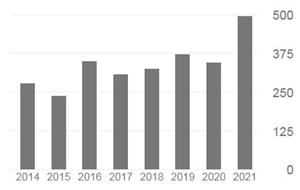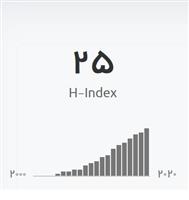Acid and Microhardness of Mineral Trioxide Aggregate and Mineral Trioxide Aggregate–like Materials
The aim of this study was to compare the surface microhardness of BioAggregate, ProRoot MTA, and CEMCement when exposed to an acidic environment or phosphate-buffered saline (PBS) as a synthetic tissue fluid. Methods: Ninety cylindrical molds made of polymethyl methacrylate with an internal diameter of 6 mm and height of 4 mm (according to ASTM E384 standard for microhardness tests) were fabricated and filled with BioAggregate (n = 30), tooth-colored ProRoot MTA (n = 30), or CEM Cement (n = 30). Each group was then divided into 3 subgroups of 10 specimens consisting of those exposed to distilled water, exposed to PBS (pH = 7.4), or exposed to butyric acid (pH = 5.4). After 1 week the Vickers surface microhardness test was performed. Statistical analysis included 2-way analysis of variance, followed by post hoc Dunnett T3 in cases with lack of homoscedasticity and Tukey honestly significant difference in cases with homoscedasticity.
Results: The indentations obtained from the CEM Cement specimens exposed to an acidic pH were not readable because of incomplete setting. There was a significant difference between the microhardness of the materials regardless of the environmental conditions (P < .001). In all the environmental conditions, MTA had significantly higher and CEM Cement had significantly lower microhardness values (P < .001). All experimental cements had significantly higher microhardness values when exposed to PBS (P < .001) and had significantly lower microhardness values when exposed to butyric acid (P < .001). Conclusions: The surface microhardness of BioAggregate, ProRoot MTA, and CEM Cement was reduced significantly by exposure to butyric acid and increased significantly by exposure to PBS. In all environmental conditions, MTA had significantly higher microhardness values. (J Endod 2014;40:432–435)














